În calitate de utilizatori pentru ferestre, avem opțiunea de a face o mulțime cu sistemele noastre. De la vizionarea de filme pentru a juca jocuri, există mai multe sarcini pe care se poate efectua cu succes pe sistemele lor. Cu toate acestea, nici una dintre aceste sarcini pot fi efectuate fără video sau placă grafică. Acum, întrebarea care apare de obicei este ceea ce placa video nu am, sau ce placa grafica nu am, iar acest lucru este cerut pentru că cineva dorește să facă mai mult cu sistemul lor de operare Windows. În secțiunea următoare, ne uităm la câteva răspunsuri la întrebarea de ce placa video am?
Partea 1: De ce trebuie să verificați versiunea plăcii grafice sau video?
For the conventional users who aren’t looking to do more than watching videos or movies, the built in video card offers all the necessary functions. However, if you are seeking answers to the question of which video card do I have, you first need to consider the aspects in which this question has been asked. Often, users who are into excessive gaming which involves high definition graphics require video and graphics card that aren’t necessarily a part of the system by default. Therefore, it is important to have the answer to the question of which video card do I have?
Are you looking to answer the question of which video card do I have? In the following sections, we offer solutions for both MAC and Windows users and help them determine their video or graphic cards.
Part 2: How to check the version of Video Card in Windows?
In the first section, we shall get the answer to the question of which video card do I have by using the Device Manager. The steps for the same have been listed below.
1) The first step has you accessing the Device Manager as it displays all the installed hardware. With several different methods available to open the Device Manager, depending on the version of Windows being used, Users can have the information about their hardware. Start with locating the Device Manager in the Control Panel (switch to Icon view). Access the System Properties by tapping Windows key with Pause. You can either tap ‘Device Manager’ link that appears in the left frame, or simply click the Hardware tab and tap the ‘Device Manager’ button. For the ones using Windows 8, press Windows key with X key, and select the Device Manager from the menu.
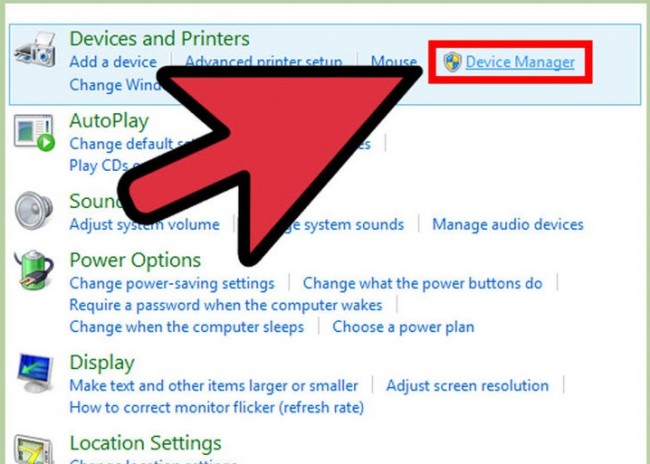
2) You are then required to expand the display adapters’ entry as it will list the entire installed graphics card. For the ones having motherboards with integrated graphics, they will find them listed here, even if they aren’t in use.
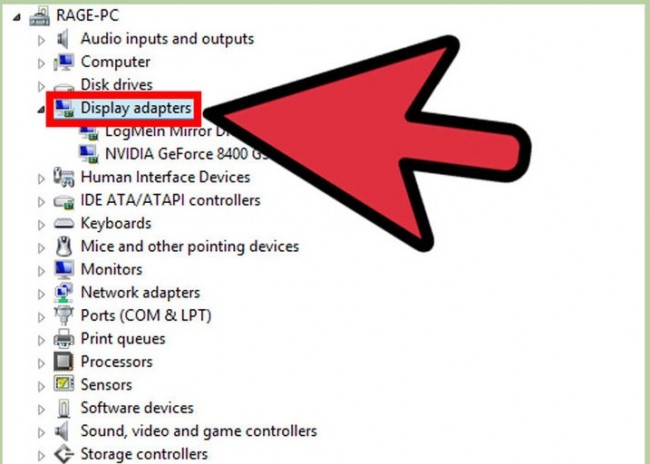
3) You can now check the details as the listing in the Device Manager will tell you the chip that you are running. Please note that variances can exist depending on the card in use. Double tap on the adapter in the Device Manager and then go to Details tab. Through the drop down menu, you can learn about the various aspects of your card.
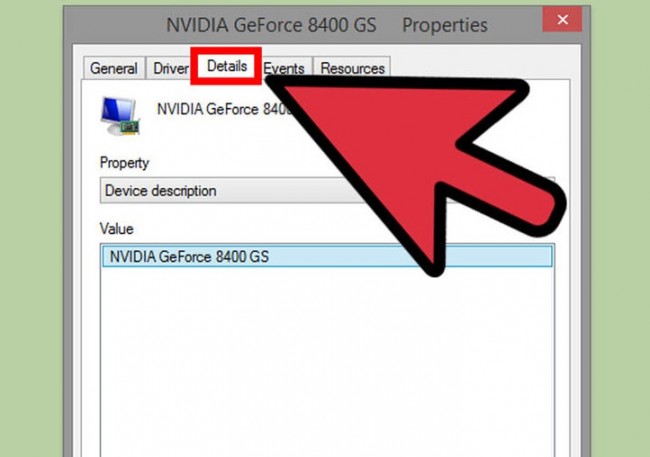
Another method to get the answer to the question of what video card do I have is to use the DirectX Diagnostics. The steps for the same have been listed below:
1) Access the Run Box from the Start Menu by tapping the Windows Key+R
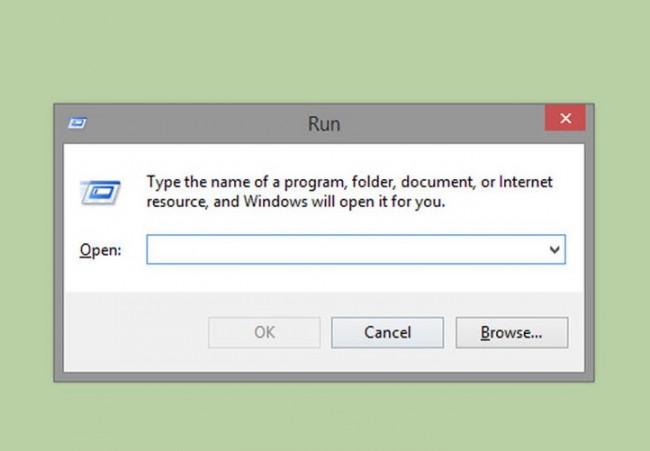
2) You must then start the DirectX Diagnostic; this is done by typing ‘dxdiag’ in the Run Box. For the ones who haven’t run this program, it might take a few minutes to load.
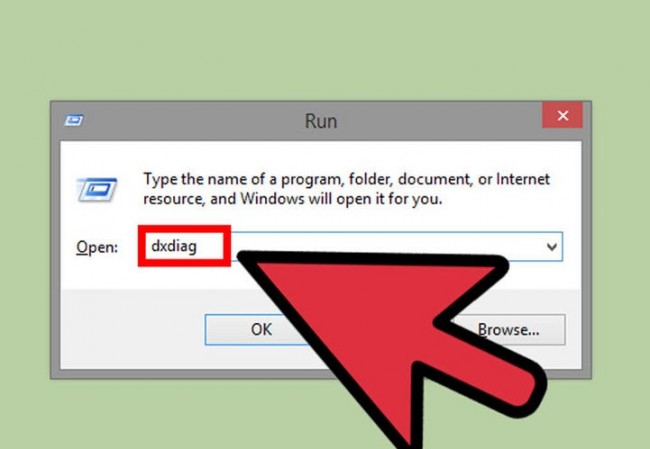
3) Click on the Display Tab, as this will show you the name and manufacturer of your graphics card. This happens to be more precise than the Device Manager as the unused integrated graphics card won’t be listed.
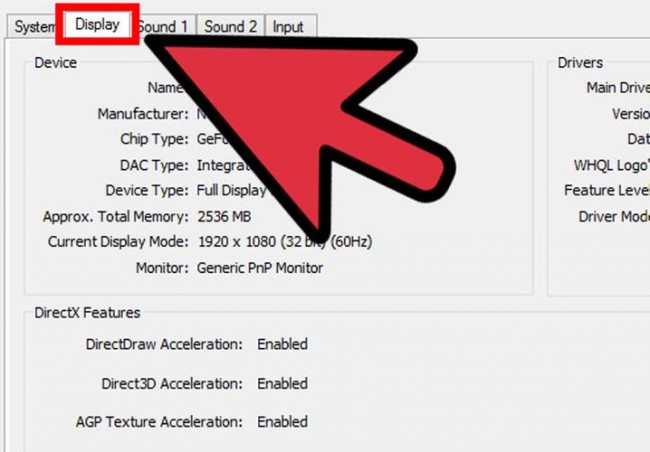
4) You can now check the details, and also the available graphics menu. The driver version along with the date would also be displayed.
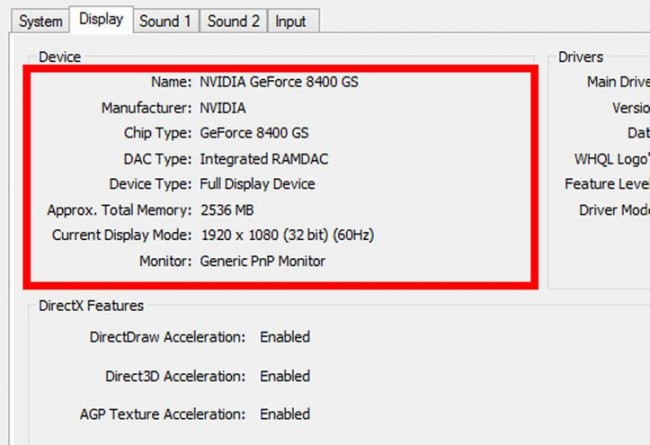
Part 3: How to check what Video Card do I have while using MAC?
In the following section, we have listed out the steps to assist the users running MAC OS X. The steps are fairly simple and for the same reason, screenshots have been added as well.
1) Start with accessing ‘About this MAC’. This can be done by clicking the Apple Menu, and then tapping on ‘About this MAC’.
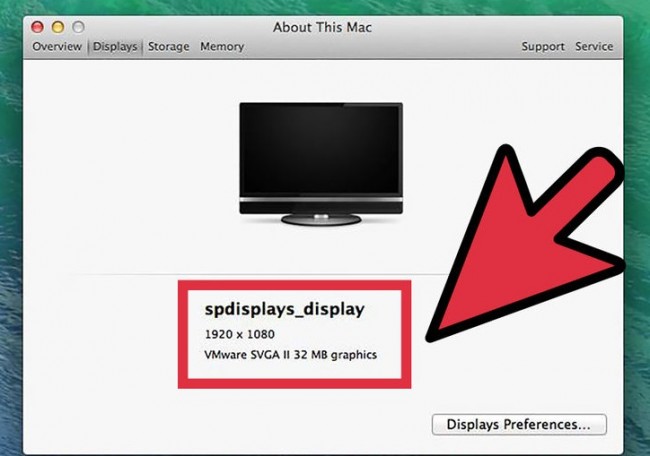
2) Tap on ‘More Info’, and a new Window will open up showing a list of your MAC’s specifications. The Graphics Card will also be listed next to the ‘Graphics’ entry that is above the Serial Number.
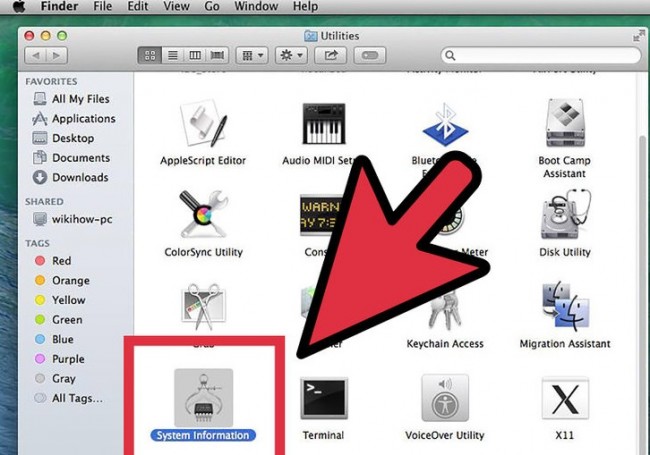
3) You now must use the System Profiler, as it can give you more detailed information about the graphics card that you are running. The system profiler can be found in the utilities subfolder in the Applications Folder.
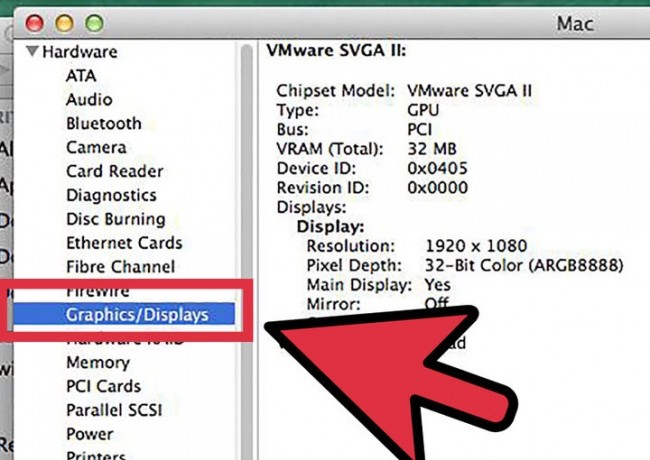
As it must be clear from the above steps, it is not very difficult to understand or check which graphics card one is running. The answer to the question of which video card do I have can be found in various ways, and for the sake of our readers, we have offered multiple solutions for you to choose from. Please note that garnering the information about your graphic and video card is recommended in case you are planning to run an application that is heavy on graphics. As a user, you don’t wish to run an application heavy on graphics without the appropriate graphic card as it can slow down your computer to a great extent. Let us know if you tried any of the above methods in the comments section.






